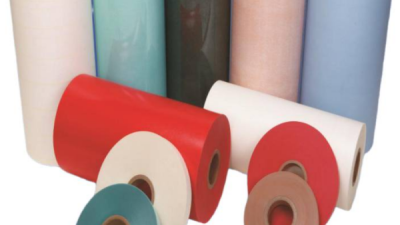How to Achieve Maximum Energy Efficiency with H Class Insulation Solutions
Table of Contents
- Understanding H Class Insulation: Key Features and Benefits for Energy Efficiency
- Analyzing Energy Savings: How H Class Insulation Solutions Outperform Traditional Insulation
- Industry Standards and Regulations: Ensuring Compliance with H Class Insulation Materials
- Case Studies: Successful Implementation of H Class Insulation in Various Sectors
- Calculating ROI: Long-Term Financial Benefits of Investing in H Class Insulation Solutions
- Enhancing Insulation Efficiency: The Versatility of 6643 F-class DMD Flexible Composite Insulation Paper
- FAQS
- Conclusion
- Related Posts
Looking for better energy efficiency? Well, H Class Insulation solutions are really becoming a game-changer across lots of industries. According to the International Energy Agency (IEA), if we ramped up energy efficiency in industry, we could potentially save over 25% of global energy by 2030. That’s huge, right? Not only would it cut costs for companies, but it would also do a lot to help the environment. A company like Sichuan D&F Electric Co., Ltd., founded back in 2005, has really carved out a name for itself as a trusted supplier of electrical connection parts and insulation components—especially for applications where staying cool and durable is a big deal. The market for electrical insulation is expected to hit around USD 70 billion by 2025, so jumping on the H Class Insulation bandwagon isn’t just smart for performance—it’s also aligned with global sustainability goals. Honestly, for businesses aiming to be more energy-conscious, these advanced insulation options are pretty much a must-have today.

Understanding H Class Insulation: Key Features and Benefits for Energy Efficiency
Understanding H Class Insulation: What You Need to Know About Its Features and Benefits for Energy Savings
H Class insulation is pretty much a game-changer when it comes to efficiency. It combines smart materials and innovative design to make a real difference. One of the coolest things about it is its fantastic thermal resistance — it really helps keep the heat where you want it, reducing those annoying temperature swings inside your space. That means lower energy bills, whether you’re running a home or a business.
If you're thinking about going with H Class insulation, a few tips might help you get the most out of it. First off, check what R-value you need for your climate. Generally speaking, higher R-values are better — they offer more insulation. Also, don’t skimp on installation. It’s best to hire professionals or follow the manufacturer instructions carefully. Gaps or compressing the material can really cut down on how effective it is.
And don’t forget moisture! Adding a good vapor barrier can prevent moisture from building up, which could mess with the insulation over time. It’s also a good idea to regularly peek at your insulation for any signs of damage or wear. Catching issues early can help it last longer and keep your energy savings coming. All in all, with H Class insulation, you’re not just making your home or office more efficient — you’re also doing your part for a greener, more sustainable world.
Analyzing Energy Savings: How H Class Insulation Solutions Outperform Traditional Insulation
When you're talking about energy efficiency, H Class insulation solutions really stand out compared to your regular, old-school insulation options. These newer materials are built to cut down on energy loss, helping you save on heating and cooling bills without much hassle. Thanks to some pretty cool new tech and top-notch thermal properties, H Class insulation acts like a really solid barrier against those annoying temperature swings, making your indoor climate way more stable. I've seen studies that suggest buildings using H Class stuff can cut energy costs by up to 30% compared to traditional insulation—that’s a pretty big difference, right?
On top of that, H Class insulations aren’t just about saving energy; they’re also way more durable. They’re designed to fight off moisture build-up and the wear and tear that normally happens over time with standard options. That means you won’t need to worry about replacing or fixing them as often, saving you money and stress down the line. Since energy prices keep climbing and more folks are focusing on being eco-friendly, going with H Class insulation seems like a smart move—it's a solid investment for your wallet and for the planet too.
Industry Standards and Regulations: Ensuring Compliance with H Class Insulation Materials
If you're aiming for top-notch energy efficiency, nailing down industry standards and regulations is a must—especially when it comes to H Class insulation materials. These don’t just perform well; they’re actually some of the best options out there for helping facilities stick to those tough energy codes and environmental rules. When materials meet standards like ASTM and ISO, it’s not just about saving energy—they also give you peace of mind knowing they’ve been tested and proven safe and reliable.
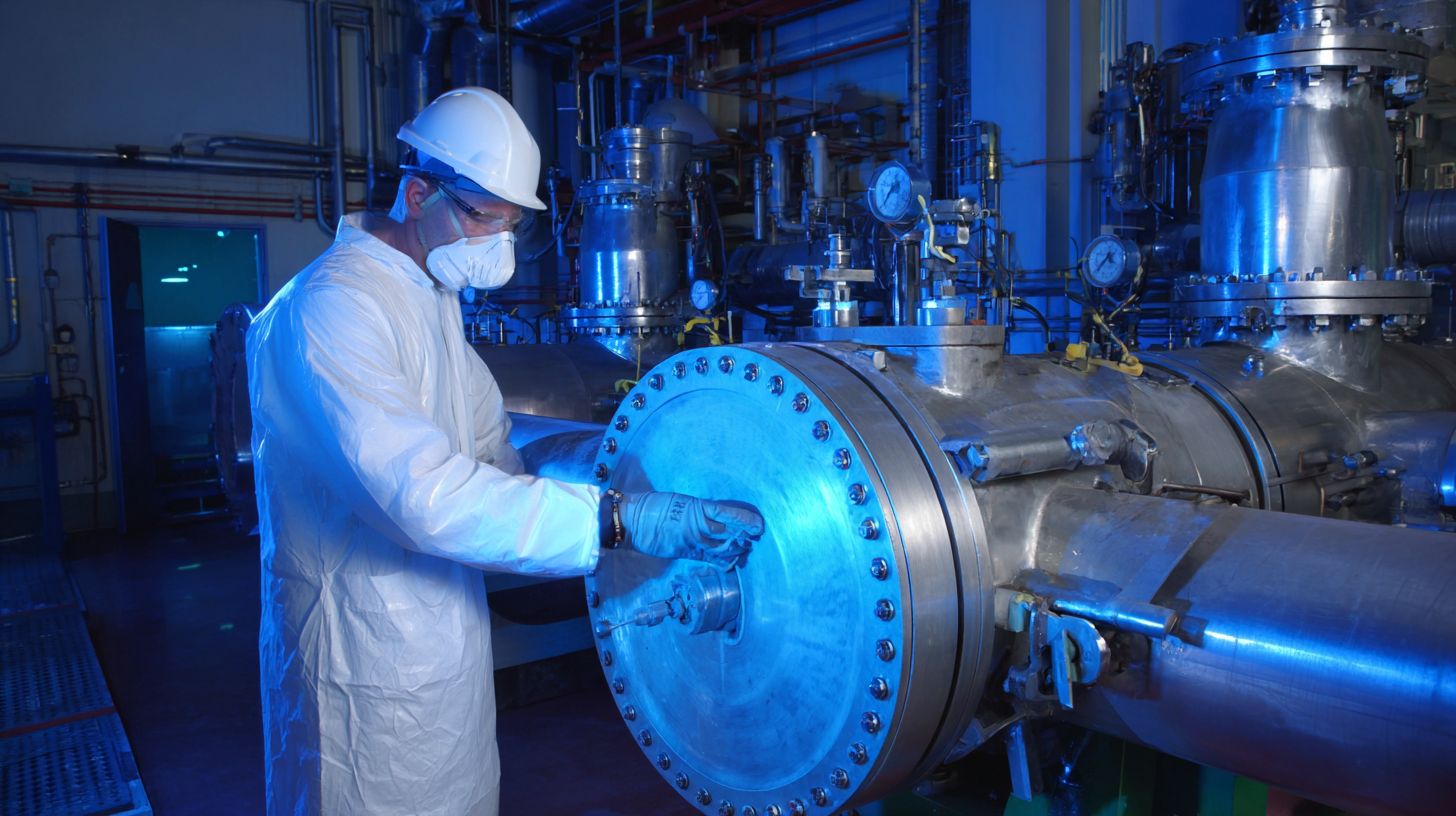
H Class insulation is super important across all sorts of settings, from factories to commercial buildings. Making sure these materials are compliant isn’t just a box to tick—it’s key to keeping things running smoothly and reducing the environmental impact of energy use. When you follow industry standards, you can invest in H Class solutions with confidence, knowing they'll pay off in the long run. Plus, it’s a great way to support a more sustainable future and show your business cares about responsibility and energy savings.
Case Studies: Successful Implementation of H Class Insulation in Various Sectors
Lately, we've seen quite a few industries having success with H Class insulation solutions. They’re really making a difference when it comes to saving energy and cutting down on operational costs. Take manufacturing, for example—many factories are now using H Class insulation materials, and the results speak for themselves. Some reports show that these plants managed to cut their heating and cooling bills by around 30%, which is pretty impressive and definitely helps their bottom line.
And it’s not just factories—office buildings are jumping on this bandwagon too. Companies are installing these insulation systems to not only boost energy efficiency but also to make the workspace more comfortable for employees. There’s this one big corporate office I heard about that saw a big improvement in thermal comfort, leading to lower energy bills and happier staff all around.
**A quick tip:** When you're thinking about H Class insulation options, make sure to think about what’s really needed for your place. Customizing the insulation to match your building’s unique layout and operational needs can bring you even better results. Plus, don’t forget that keeping your insulation in check with regular maintenance helps keep everything running smoothly and efficiently down the line.
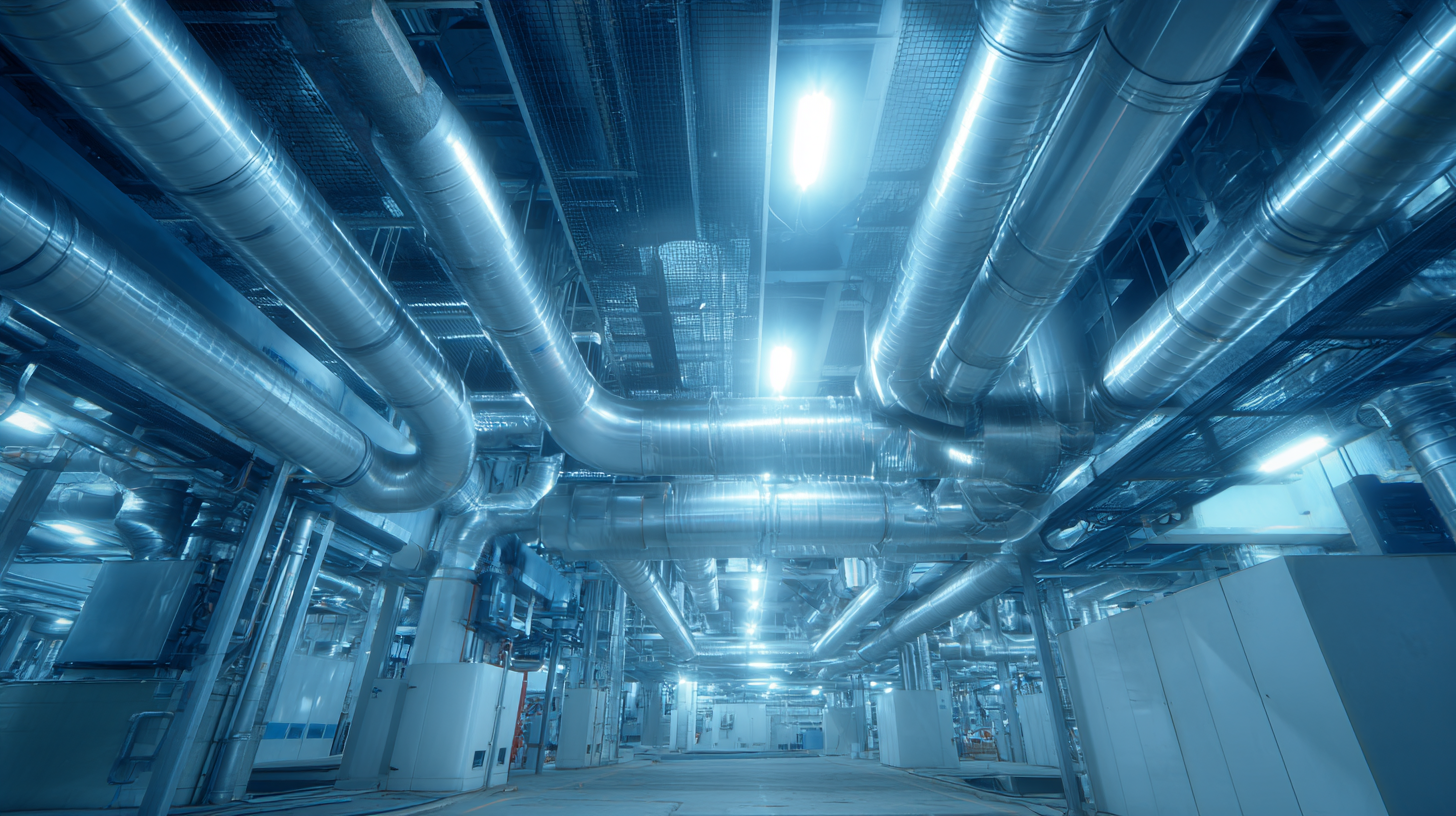
Calculating ROI: Long-Term Financial Benefits of Investing in H Class Insulation Solutions
Thinking about investing in H Class insulation? Honestly, it can really pay off in the long run. If you look at the numbers, according to the U.S. Department of Energy, upgrading your home's insulation can shave about 20% off those hefty heating and cooling bills. And for bigger buildings, the savings can be even more impressive. A study in the Journal of Building Performance pointed out that switching to H Class insulation might cut energy costs by up to 30% each year. That’s pretty huge—it means lower bills and a boost in your property’s overall value too.
Plus, the best part? H Class insulation can last over 50 years, which means those savings keep going long after you've installed it. The initial investment? Well, depending on where you live and what your building’s like, you might see your costs recovered in about 5 to 10 years. And here’s something else — the National Renewable Energy Laboratory found that buildings with high-tech insulation like this often qualify for tax perks and rebates, making it even more appealing financially. As energy prices keep climbing, going for top-tier insulation isn’t just about saving some bucks now—it’s a smart move for a more sustainable financial future.
So honestly, it's one of those choices that could really make a difference down the line, both for your wallet and the environment.
Enhancing Insulation Efficiency: The Versatility of 6643 F-class DMD Flexible Composite Insulation Paper
In the realm of electrical insulation, the versatility of the 6643 F-class DMD Flexible Composite Insulation Paper stands out as a remarkable solution. This innovative material comprises a unique three-layer structure: the heart of the laminate features a 100% saturated polyester film, bonded to layers of polyester non-woven fabric. Coated with F-class electrical insulating resin, the 6643 DMD is engineered to meet stringent industry standards, making it particularly adept for use in F class electric motors.
What sets the 6643 DMD insulation apart is its multifunctionality. Designed for slot insulation, interphase insulation, and liner insulation, it excels in various applications, especially in mechanized inserting slot processes. Users can have confidence in its performance, as it has successfully passed the SGS test for toxic and hazardous substance detection. Known as DMD-100 or DMD100 insulation paper, it not only enhances operational efficiency but also ensures safety and compliance, paving the way for its adoption in modern electrical engineering applications.
The 6643 F-class DMD Flexible Composite Insulation Paper is more than just a product; it is a vital component that helps elevate insulation efficiency in electric motor construction. Its adaptability and safety compliance make it an essential choice for manufacturers looking to optimize their insulation solutions while maintaining high safety and performance standards.
FAQS
: H Class insulation refers to advanced insulation materials designed to minimize energy loss, improve heating and cooling efficiency, and provide superior durability compared to traditional insulation types.
Buildings utilizing H Class insulation solutions can achieve energy savings of up to 30% compared to those with conventional insulation methods.
Durability is crucial because it ensures that insulation materials resist moisture accumulation and aging effects, leading to lower maintenance costs and prolonged performance efficiency.
H Class insulation materials comply with several industry standards, including ASTM and ISO, which validate their safety, performance, and energy-saving capabilities.
H Class insulation is successfully implemented in various sectors, including manufacturing and commercial buildings, where it enhances energy efficiency and reduces operational costs.
Businesses have reported significant decreases in energy consumption, lower energy bills, improved thermal regulation, and increased employee satisfaction due to the comfort provided by H Class insulation.
Organizations can maximize benefits by tailoring the insulation installation to fit the specific needs of their facilities and conducting regular maintenance of the insulation systems.
Using H Class insulation contributes to reduced energy consumption, which helps minimize environmental impact and aligns with sustainability goals.
Non-compliance can lead to inefficiencies, increased operational costs, and failure to meet energy codes and environmental regulations.
Conclusion
In today’s world, where everyone’s talking about energy saving, H Class Insulation really stands out as a smart way to maximize efficiency. Once you get the hang of what makes H Class Insulation special — like its top-notch thermal performance and impressive durability — it’s pretty clear that businesses can cut down a lot on energy costs compared to older, traditional insulation options. In this blog, we'll take a closer look at the real energy savings folks are seeing with H Class Insulation. We’ll also go over key industry standards and rules to make sure everything’s up to snuff and of good quality.
We’ll share some real-life stories from different sectors, showing how H Class Insulation has helped companies save big over the long run. Plus, we’ll break down the numbers to see just how worthwhile this investment really is. Honestly, H Class Insulation isn’t just a good choice — it’s a smart move for any company looking to grow sustainably and stay ahead of the game.
Related Posts
-
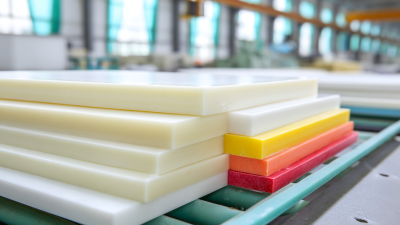
The Future of China Epoxy Glass Fiber Sheet in Global Markets
-

Exploring Alternative Options to Best Gpo3 Sheets for Savvy Global Buyers
-

Essential Checklist for Global Buyers: Navigating Gpo3 Machining Procurement
-
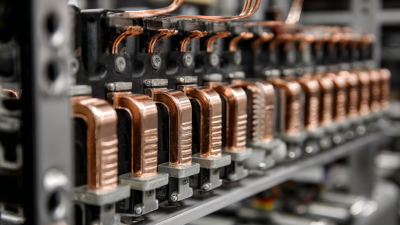
Solutions for Enhancing Electrical Efficiency with Silver Plated Copper Bus Bars
-
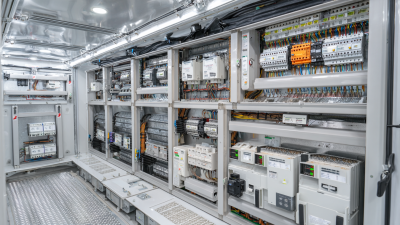
The Ultimate Guide to Laminated Bus Bars for the EV Market: Optimizing Performance and Efficiency
-

Exploring the Unique Properties and Applications of Best Nomex T410 Film: A Comprehensive Guide for Buyers






